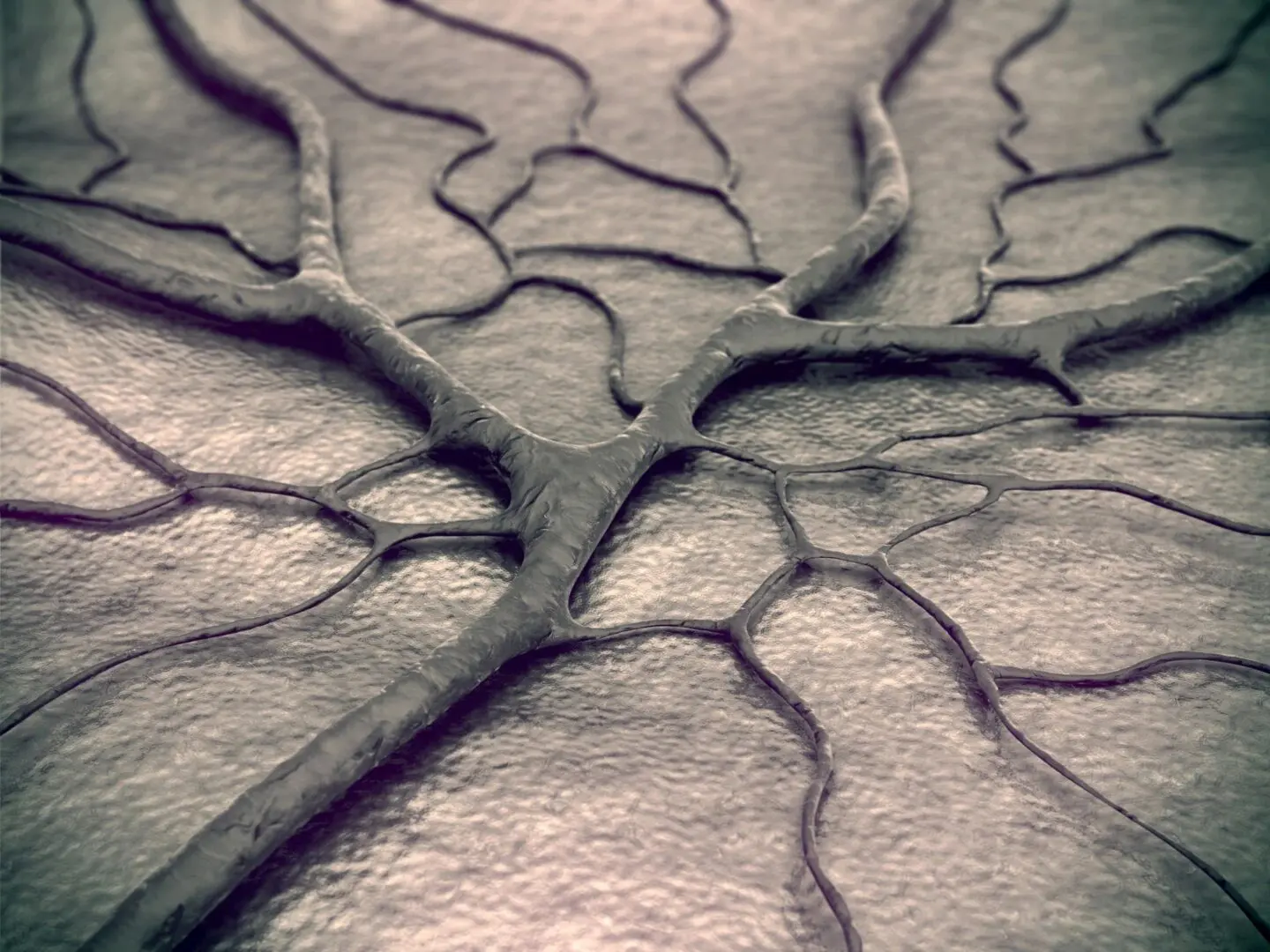ARTERY DISEASE CAN BE A PART OF YOUR PAST
CVI SCOTTSDALE HAS THE BEST DOCTORS FOR YOUR ARTERIALDISEASE TREATMENT

CAROTID ARTERY DISEASE
Carotid (ka-ROT-id) artery disease is a disease in which a waxy substance called plaque (plak) builds up inside the carotid arteries. You have two common carotid arteries, one on each side of your neck. They each divide into internal and external carotid arteries.
The internal carotid arteries supply oxygen-rich blood to your brain. The external carotid arteries supply oxygen-rich blood to your face, scalp, and neck.
Carotid artery disease is serious because it can cause a stroke, also called a “brain attack.” A stroke occurs if blood flow to your brain is cut off.
If blood flow is cut off for more than a few minutes, the cells in your brain start to die. This impairs the parts of the body that the brain cells control. A stroke can cause lasting brain damage; long-term disability, such as vision or speech problems or paralysis (an inability to move); or death.
Carotid artery disease may not cause signs or symptoms until the carotid arteries are severely narrowed or blocked. For some people, a stroke is the first sign of the disease.
PERIPHERAL VASCULAR DISEASE (PAD)
Today it is well understood that patients who show signs of peripheral vascular disease (sometimes called peripheral arterial disease) and who do not seek treatment may eventually suffer not only considerable pain, discomfort or even actual loss of limb, but also an increase in cardiac mortality.
It is alarming that over 60% of lower extremity amputations in the United States and worldwide are performed without any vascular evaluation such as non-invasive vascular tests or angiograms.
SYMPTOMS OF PERIPHERAL VASCULAR DISEASE
The most common symptom of peripheral vascular disease is cramping of the calf muscle with walking. Other times, the only symptoms are leg or hip weakness. In addition, peripheral vascular disease is also indicated by non-healing sores or ulcers, especially on the toes or feet.
LIMB SALVAGE
CLI (CRITICAL LIMB ISCHEMIA)
Arteries refers to your blood vessels that supply oxygen and nutrition to every part of your body. When this flow is interrupted due to any number of causes (think of a clogged pipeline), it can lead to a serious disease called PAD. The majority of all leg and foot amputations in the United States were due to vascular disease, such as PAD and CLI. The key to prevention is to take the right steps now.
If untreated, PAD can reach the level of CLI. CLI is a severe blockage in the arteries of the legs or feet that significantly reduces blood flow. At this stage, limbs may develop painful sores, ulcers and/or gangrene (dead tissue) because they do not have enough oxygen. The pain may be severe, can last for hours, and typically occurs at night during rest times. If this condition is left untreated, patients may face the risk of amputation.

COMMON SYMPTOMS
BURNING OR ACHING IN FEET AND TOES.
This happens while resting. Many diabetics mistake this for neuropathy, or nerve pain. If you are experiencing this pain you should talk to your doctor.
PAINFUL LEG CRAMPING.
Especially during walking. This is not often a normal sign of aging. It’s called intermittent claudication and can be severe enough to deter walking and can be worse on stairs or going uphill.
NUMBNESS, WEAKNESS, HEAVINESS.
If you have these sensations, it can be an early warning sign.
COOLING OF SKIN ON LEGS OR FEET.
This is a patch of skin, or several patches or specific areas of the foot or leg, that feel cooler to the touch.
DIABETIC FOOT.
Sores on feet in patients with Type 1 or 2 diabetes. Untreated sores can become infected, leaving a wound that is red, warm, and painful.
LOSS OF HAIR.
Loss of nourishing blood flow to your legs and feet may result in loss of hair in those areas.
CHRONIC SORES.
Sores, or ulcers, are ruptures of the skin. PAD can be accompanied by pressure ulcers and diabetic ulcers.
GANGRENE.
When limb tissues no longer receive adequate blood flow due to arterial blockage, gangrene (black dead tissue) can occur.
PHYSICAL EXAM AND HEALTH HISTORY.
Your doctor will likely perform a physical exam to check pulses in your feet and legs; look for high blood pressure, heart abnormalities and blockages in the neck arteries; and look for any color changes, ulcers, infections or injuries to your legs and feet. It’s possible that further tests will be ordered if any of these conditions are present. Tell your doctor about any symptoms, past medical history, family medical history, and risk factors you may have for coronary artery disease and PAD.
BLOOD FLOW MEASUREMENTS (ABI).
ABI (ankle-brachial index) is a common test for detecting PAD because it can help diagnose disease in patients who may or may not have symptoms. It works by comparing blood pressure in your ankles with blood pressure in your arms. PAD can also be diagnosed by other tests that measure blood flow and pressure such as segmental pressure test for the legs, toe-brachial index (TBI) for toes, and doppler ultrasound for blood flow in the arteries.
ANGIOGRAM.
Your doctor may decide to try to take a picture of your arteries to see whether you have restricted blood flow. Contrast angiography is a medical procedure that takes pictures of your blood vessels so the doctor can observe any narrowing or blockage. This can help the doctor to determine if a medical procedure is appropriate in your case.

